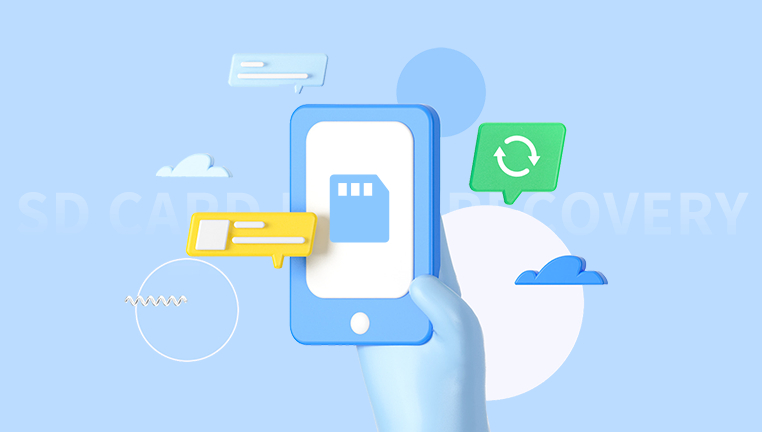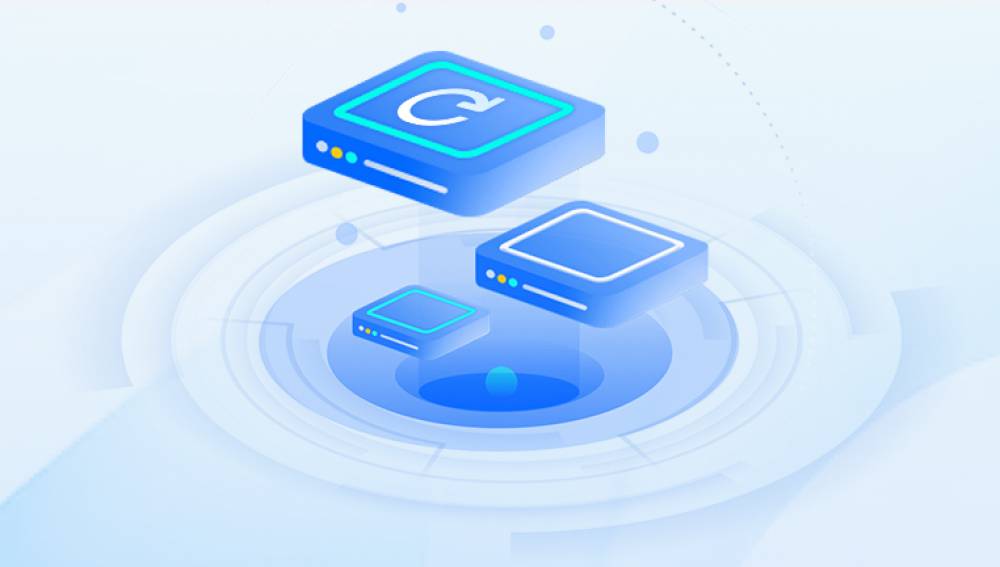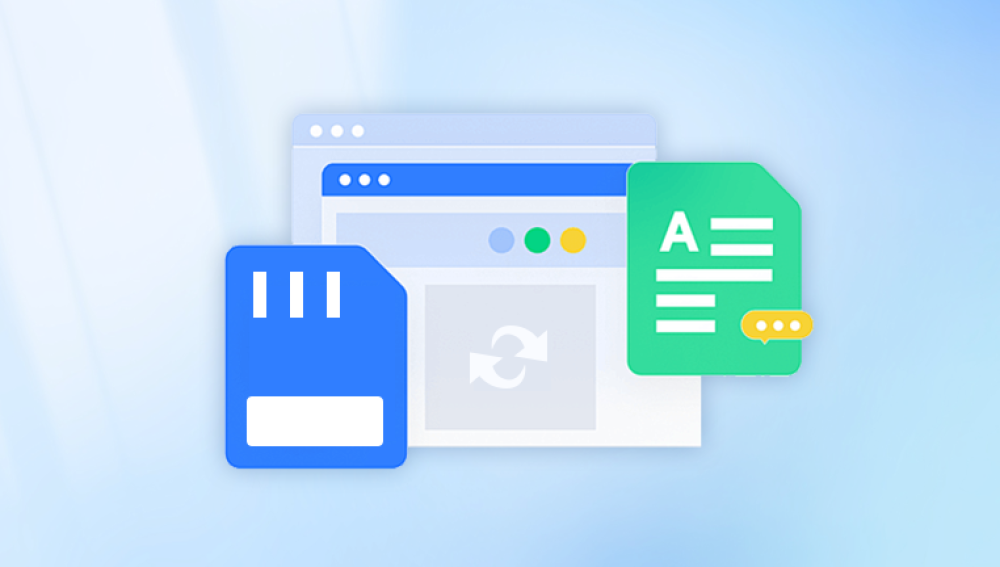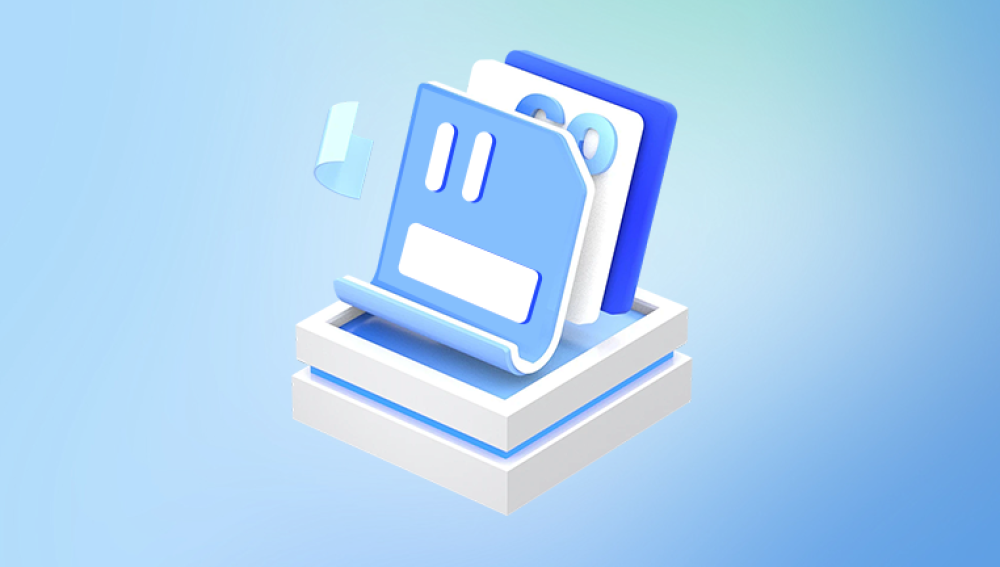Deleting files from an SD card is a common task that can be performed in various ways, depending on the device and operating system you are using. Below is a comprehensive guide on how to delete files from an SD card, including multiple methods for different devices, safety considerations, and troubleshooting tips.
1. SD Cards
Before we dive into the process, it’s important to understand what an SD card is and why you might want to delete files from it.
SD Card Basics:
SD (Secure Digital) cards are small, portable storage devices used in a wide range of electronic devices, such as cameras, smartphones, tablets, and laptops. They come in various capacities, from a few gigabytes to several terabytes. SD cards can be used to store photos, videos, documents, and other types of data.
Why Delete Files?
There are several reasons why you might need to delete files from an SD card:
Free up Space: SD cards have limited storage, and deleting unnecessary files can free up space for new data.
Data Privacy: If you’re planning to give away or sell your SD card, deleting files ensures that your personal data isn’t accessible to others.
File Management: Regularly deleting unwanted files helps in keeping the card organized.

2. Methods to Delete Files from an SD Card
The process of deleting files from an SD card can vary depending on the device and operating system you are using. Below are the methods for different scenarios.
Method 1: Deleting Files on a Windows PC
Insert the SD Card:
Insert the SD card into the SD card slot on your computer. If your computer doesn’t have an SD card slot, you can use an external SD card reader.
Wait for your computer to recognize the card, and it should appear as a removable drive in File Explorer.
Open File Explorer:
Press Win + E to open File Explorer.
Locate the SD card under “This PC” or “Computer.” It will be listed as a removable drive, usually labeled as “SD Card” or with the card’s name.
Navigate to the Files:
Click on the SD card to open it and browse through the folders to find the files you want to delete.
Select the files or folders you wish to delete. You can select multiple files by holding down the Ctrl key and clicking on each file, or by using Ctrl + A to select all files in the folder.
Delete the Files:
Right-click on the selected files and choose “Delete” from the context menu.
Alternatively, you can press the Delete key on your keyboard or drag the files to the Recycle Bin.
Confirm the deletion if prompted.
Empty the Recycle Bin:
If you want to permanently delete the files, empty the Recycle Bin by right-clicking on it and selecting “Empty Recycle Bin.”
This ensures that the files are permanently removed from your computer and the SD card.
Method 2: Deleting Files on a Mac
Insert the SD Card:
Insert the SD card into the SD card slot on your Mac, or use an external card reader.
The SD card should appear on your desktop as a mounted drive.
Open Finder:
Click on the Finder icon in the Dock to open a Finder window.
Locate the SD card in the sidebar under “Devices” or “Locations.”
Navigate to the Files:
Click on the SD card to view its contents.
Browse through the folders to find the files you want to delete.
Delete the Files:
Select the files you want to delete. You can select multiple files by holding down the Command key while clicking on each file, or by using Command + A to select all files in a folder.
Right-click on the selected files and choose “Move to Trash” from the context menu.
Alternatively, you can drag the files to the Trash icon in the Dock.
Empty the Trash:
To permanently delete the files, right-click on the Trash icon in the Dock and select “Empty Trash.”
Confirm the action if prompted.
Method 3: Deleting Files on an Android Device
Insert the SD Card:
Insert the SD card into the SD card slot on your Android device. Some devices may require you to unmount the SD card first, which can be done in the device’s settings.
Open the File Manager App:
Most Android devices come with a built-in file manager app. If your device doesn’t have one, you can download a third-party file manager from the Google Play Store.
Navigate to the Files:
Open the file manager app and locate the SD card. It may be listed under “Internal Storage” or “SD Card.”
Browse through the folders to find the files you want to delete.
Delete the Files:
Select the files you wish to delete by tapping on them. You can usually select multiple files by long-pressing on one file and then tapping on additional files.
Tap the delete icon, which is often represented by a trash can, to delete the selected files.
Confirm the deletion if prompted.
Method 4: Deleting Files on an iOS Device (iPhone/iPad)
Using a Lightning to SD Card Reader:
If you have an iPhone or iPad, you’ll need a Lightning to SD card reader to connect the SD card to your device.
Open the Files App:
Insert the SD card into the reader and connect it to your iPhone or iPad.
Open the Files app on your device.
Navigate to the Files:
In the Files app, locate the SD card under “Locations.”
Browse through the folders to find the files you want to delete.
Delete the Files:
Select the files you want to delete by tapping on them.
Tap the delete icon to remove the files from the SD card.
Confirm the deletion if necessary.
Method 5: Formatting the SD Card
If you want to delete all files on the SD card and start fresh, formatting the card is an efficient method. Formatting erases everything on the SD card, so make sure you back up any important files before proceeding.
On a Windows PC:
Insert the SD card into your computer.
Open File Explorer and locate the SD card.
Right-click on the SD card and select “Format.”
Choose the file system (e.g., FAT32. exFAT) and click “Start.”
Confirm the formatting process. Once complete, all files will be deleted.
On a Mac:
Insert the SD card into your Mac.
Open the Disk Utility app.
Select the SD card from the list of drives.
Click “Erase” and choose the file system.
Click “Erase” again to confirm. The SD card will be formatted, and all files will be deleted.
On an Android Device:
Go to “Settings” and select “Storage.”
Find the SD card and tap “Format” or “Erase SD Card.”
Confirm the action. The SD card will be formatted, deleting all files.
On a Camera:
Many digital cameras allow you to format the SD card directly from the camera’s menu.
Locate the “Format” option in the camera’s settings menu.
Select it and confirm the formatting process. This will delete all files on the SD card.
3. Safety Considerations
When deleting files from an SD card, it’s important to follow some safety precautions to avoid data loss or corruption.
Backup Important Files: Before deleting any files, ensure that you have backed up important data to another storage device or cloud service.
Safely Eject the SD Card: Always safely eject the SD card from your device after deleting files to prevent data corruption. On a Windows PC, right-click on the SD card and select “Eject.” On a Mac, drag the SD card icon to the Trash.
Check for Write Protection: Some SD cards have a physical write-protection switch. If you cannot delete files, check if the write protection is enabled and disable it by sliding the switch to the “unlock” position.
Avoid Deleting System Files: Be cautious when deleting files from an SD card that contains system or application data, especially on devices like cameras or smartphones. Deleting essential files can cause the device to malfunction.
4. Troubleshooting Common Issues
While deleting files from an SD card is usually straightforward, you might encounter some issues. Here are some common problems and how to resolve them:
Issue 1: Unable to Delete Files
If you find that you cannot delete files from your SD card, try the following solutions:
Check Write Protection: Ensure that the write-protection switch on the SD card is not enabled. If it is, slide it to the “unlock” position.
Check for File Permissions: On some devices, files may be protected by permissions that prevent deletion. You may need to change the file permissions or use an administrator account to delete the files.
Use a Different Device: Sometimes, the issue might be with the device rather than the SD card. Try deleting the files using a different device or computer.
Issue 2: Files Reappear After Deletion
If files reappear after you delete them, this could indicate a problem with the SD card:
Corrupted SD Card: The SD card might be corrupted, preventing files from being properly deleted. You can try formatting the SD card to fix this issue, but make sure to back up important data first.
Use Disk Repair Tools: On a Windows PC, you can use the built-in disk repair tool by right-clicking the SD card in File Explorer, selecting “Properties,” and navigating to the “Tools” tab. Click “Check” under “Error checking” to scan and repair the card.
Issue 3: Slow Deletion Process
If deleting files from the SD card is taking longer than expected, consider the following:
Check the Card’s Speed: SD cards have different speed classes, and a slower card might take longer to delete large files. Consider upgrading to a faster SD card if this is a recurring issue.
Use a High-Quality Card Reader: A low-quality card reader can slow down the file deletion process. If you’re using an external card reader, make sure it supports high-speed data transfer.
5. Advanced Methods: Secure Deletion
If you need to ensure that deleted files cannot be recovered, consider using secure deletion methods:
Use Specialized Software: Tools like CCleaner, Eraser, or Disk Utility (on Mac) offer secure deletion options that overwrite files with random data, making them unrecoverable.
Full Format vs. Quick Format: A full format writes zeros to the entire SD card, ensuring that deleted files cannot be recovered. In contrast, a quick format only removes the file index, which means the files could potentially be recovered using data recovery software.
Deleting files from an SD card is a necessary task for managing storage and ensuring data privacy. Whether you’re using a Windows PC, Mac, Android, or iOS device, the process is relatively simple but requires some care to avoid accidental data loss or corruption. By following the methods outlined above, you can safely and efficiently delete files from your SD card, and handle any issues that may arise during the process. Remember to always back up important data, safely eject the SD card after use, and consider using secure deletion methods if data privacy is a concern.
4o




